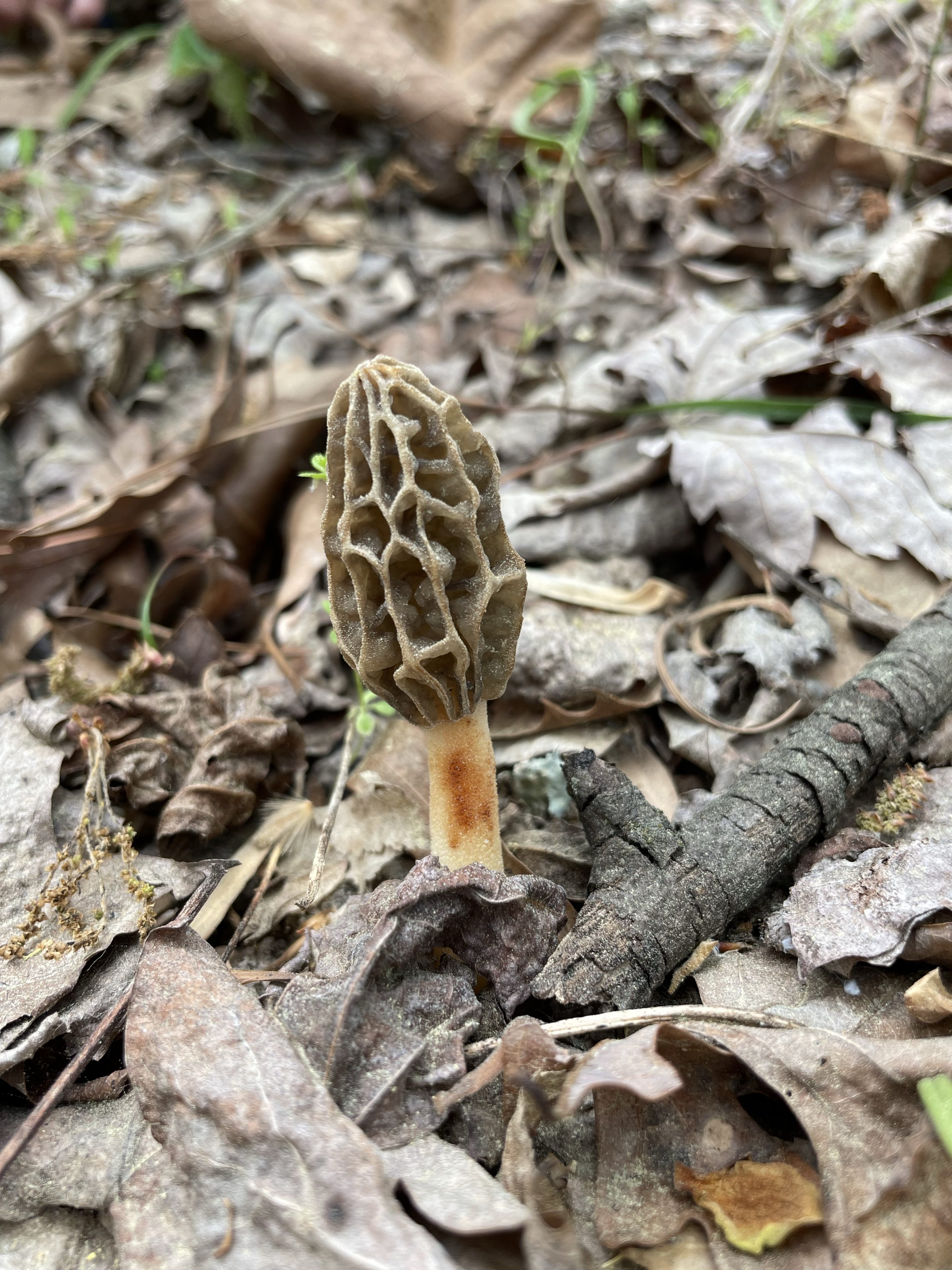
Cantharellus cinnabarinus is a fungus native to eastern North America. It is a member of the genus Cantharellus along with other chanterelles. It is named after its red color, which is imparted by the carotenoid canthaxanthin. It is edible, fruiting in association with hardwood trees in the summer and fall.










